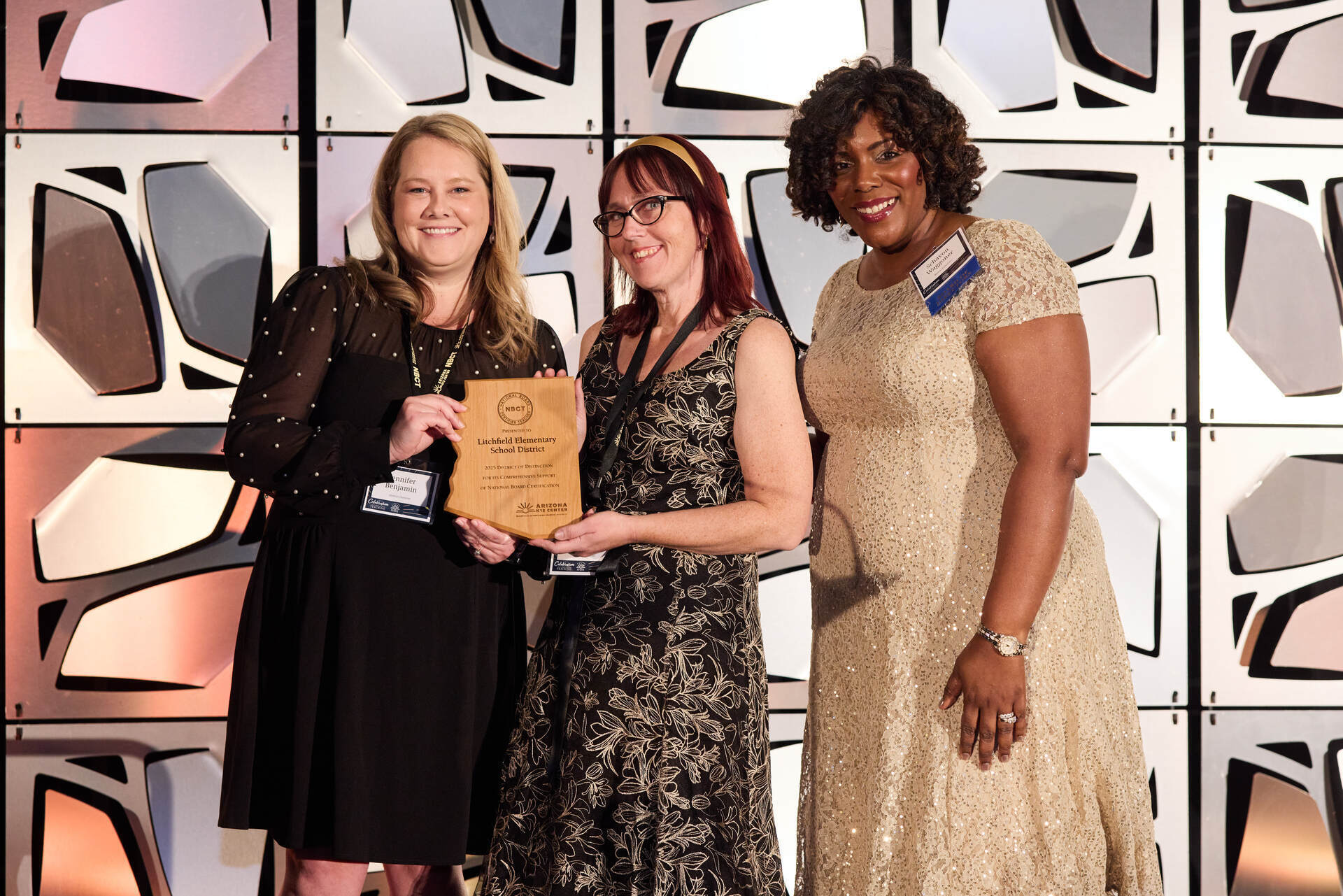November 19, 2018
Tips for Staying Positive During Negative Times
Here’s how to survive the break room when conversations turn sour.
It’s been a great morning. Lessons have gone as planned, you got some grading done, and you even received a complimentary email from a parent of a struggling student.
But now it’s break time, perhaps the most challenging part the day for your attitude. Do you ruin your good mood by joining the latest negative conversation in the teacher’s lounge?
Face it: It’s always been hard to walk near a gathering of teachers without hearing gripes about kids’ behavior, difficult conversations with parents, and long hours of planning and grading. And with disputes over education issues in the news and central to next month’s midterm elections, it’s harder than ever to stay focused on what’s positive about teaching.
Tips from experts
“The negative narrative around public education can make educators feel helpless,” says National Board Certified Teacher Ginny Sautner, Lake Havasu High School.
“There is no shortage of challenges in the field of education,” the 2016 National Rural Teacher of the Year says. ”If we always look at them as never-ending battles, then the resulting mindset can be one of exhaustion and not of inspiration.
Retired Mesa Public Schools sixth-grade teacher Cindy Eckert-Timm, a Rodel Exemplary Teacher, says she stayed positive during a decades-long career by closely managing her thoughts — and comments — in conversations at school.
“Negativity has no place inside a classroom, breakroom, or lunch room,” she says. “I know teachers might feel like they need to make a statement like ‘I don’t know what’s wrong with kids’ brains …’ but that has to stop. Teachers need to offer positive ideas and statements to create a positive atmosphere.”
Other solutions
Of course, not all conversations among teachers are negative. A now-classic 2013 article for new teachers advises “finding your marigold” — that positive, supportive individual who helps you find your way through classroom chaos, too much to do in one day and seeming criticism from every direction. Marigolds may come in the form of a school-assigned mentor or department head, but you may have to hunt them down yourself. “Find your marigolds and stick close to them,” the article advises.
Sautner suggests teachers also take the lead in making “lunchroom and water cooler conversations focused on the successes of our classrooms.”
“What if they focused on the professional collaboration we were engaged in with colleagues both local and national? What if the narrative teacher leaders shared centered on creative solutions as opposed to traditional problems? Those are the conversations I can’t wait to take part in.”
Teaching also has plenty of humorous moments, but we often are too busy to share the funny things that happen during the day with each other. If this is your situation, bookmark a couple sites like We Are Teachers and Bored Teachers. Each contains a mix of upbeat classroom humor and practical tips.
Finally, keep in mind the reason you started teaching to begin with: kids and your classroom.
“This area is easy for us as teachers to recognize,” Sautner says. “Teaching is our jam. It’s usually where we feel most comfortable and competent. The relationships you cultivate each day with your students are the ones that help advance their understanding and allow them to experience success.”











